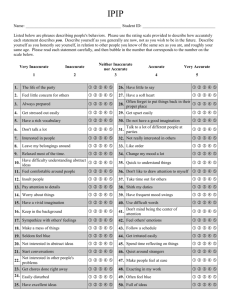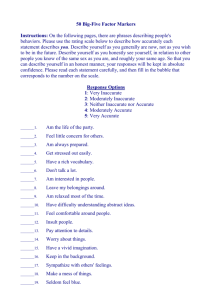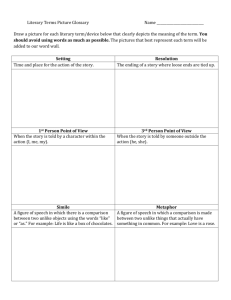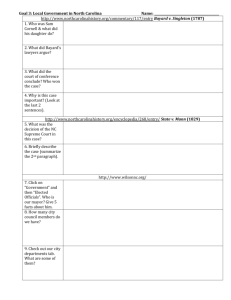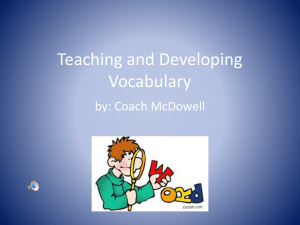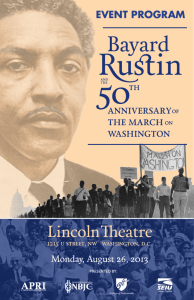Choosing a topic
advertisement
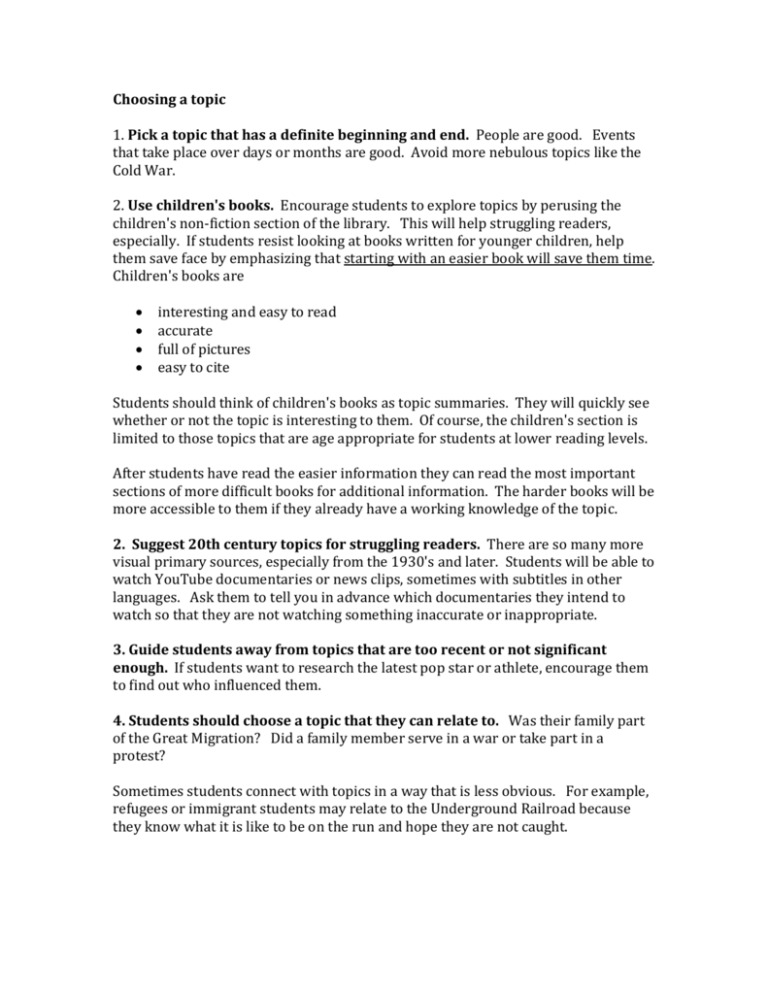
Choosing a topic 1. Pick a topic that has a definite beginning and end. People are good. Events that take place over days or months are good. Avoid more nebulous topics like the Cold War. 2. Use children's books. Encourage students to explore topics by perusing the children's non-fiction section of the library. This will help struggling readers, especially. If students resist looking at books written for younger children, help them save face by emphasizing that starting with an easier book will save them time. Children's books are interesting and easy to read accurate full of pictures easy to cite Students should think of children's books as topic summaries. They will quickly see whether or not the topic is interesting to them. Of course, the children's section is limited to those topics that are age appropriate for students at lower reading levels. After students have read the easier information they can read the most important sections of more difficult books for additional information. The harder books will be more accessible to them if they already have a working knowledge of the topic. 2. Suggest 20th century topics for struggling readers. There are so many more visual primary sources, especially from the 1930's and later. Students will be able to watch YouTube documentaries or news clips, sometimes with subtitles in other languages. Ask them to tell you in advance which documentaries they intend to watch so that they are not watching something inaccurate or inappropriate. 3. Guide students away from topics that are too recent or not significant enough. If students want to research the latest pop star or athlete, encourage them to find out who influenced them. 4. Students should choose a topic that they can relate to. Was their family part of the Great Migration? Did a family member serve in a war or take part in a protest? Sometimes students connect with topics in a way that is less obvious. For example, refugees or immigrant students may relate to the Underground Railroad because they know what it is like to be on the run and hope they are not caught. 5. Students should choose a topic that plays to their strengths and interests. Can they research in a different language? Do they enjoy performing or working with technology? Pick a topic and presentation category that go together. 6. Avoid the most obvious topics, or look at them from a different angle. Instead of researching Martin Luther King or Susan B. Anthony, students could research other leaders who worked in the same movements, such as Bayard Rustin, or Mary Church Terrell. The Triangle Shirtwaist Factory Fire is a common topic, but few students explore Clara Lemlich, Frances Perkins, or Al Smith, all of whom played important parts in the story. 7. Consider Minnesota topics. Students who are motivated to do more sophisticated research can find interesting topics in local or state history. 8. Discourage students from doing internet research until they have a working knowledge of their topic gained from books. Otherwise they could waste a great deal of time looking through difficult, inaccurate, and irrelevant information. More sophisticated students can break any of these rules and produce an unusual and interesting project .

